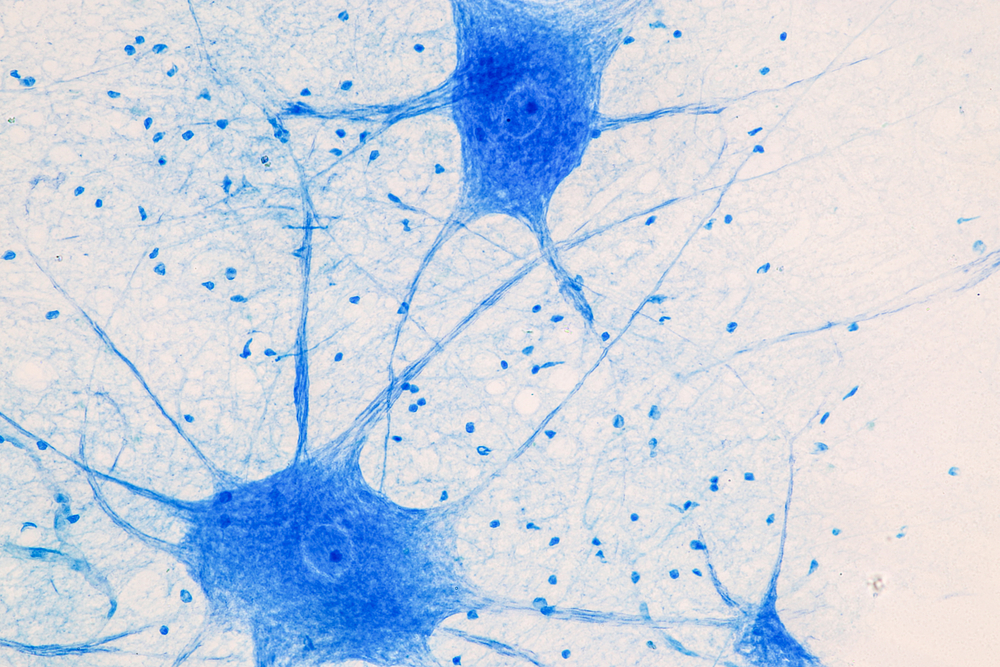In a remarkable breakthrough, technology is giving those who have long been silenced by paralysis a voice. An advancement in brain-computer interfaces (BCIs) allowed a severely paralyzed woman to express herself through an avatar that translates her brain signals into voice and facial expressions. This discovery has the potential not only to improve the lives of people suffering from ailments such as strokes and ALS but also to pave the way for a future of natural and meaningful conversation.
The merging of mind and machine
Patients no longer have to contend with clunky speech synthesizers that can barely keep up with their thoughts. A group of researchers led by Prof Edward Chang of the University of California, San Francisco (UCSF) used brain signals to bridge the gap between purpose and expression. They intercepted the latent electrical activity that once controlled facial muscles, tongue motions, and speech patterns by implanting a paper-thin array of electrodes into the surface of the brain. This data was then converted into an articulate computer avatar, thus reviving the art of communicating.
The possibilities that the results of this study offer are both inspiring and profound. Consider Ann, a 47-year-old woman who was paralyzed by a brainstem stroke.
Ann’s brain surface was implanted with a paper-thin rectangle of 253 electrodes targeting the speech-controlling region. These devices recorded brain signals that would have controlled facial and vocal muscles if not for the stroke.
Ann worked with the researchers after the implantation to educate the AI algorithm to distinguish her unique brain signals for varied speech sounds through repetition.
The AI learned 39 different noises and used a Chat GPT-style model to transform them into comprehensible phrases. This translation was then used to direct an avatar with a voice similar to Ann’s pre-injury voice, which was extracted from a recording of her wedding speech.
While the technology is not without flaws, with 28 percent word decoding errors in early tests, the advances in accuracy and efficiency mark a watershed moment. The notion of seamless brain-to-text communication is no longer a pipe dream.
Ann, who was previously restricted to methodically selecting letters using movement-tracking technology, may now imagine a future as a counselor owing to avatar technology.
The road ahead
The influence of this innovative technology on human lives is incalculable as it evolves. Researchers are working on creating a wireless BCI implant that may be smoothly placed beneath the skull. Dr. David Moses, a co-author of the study, envisions a society where individuals can manage their devices freely using this transformative technology, increasing their autonomy and improving their social relationships.
Prof Nick Ramsey, a neurologist at the University of Utrecht, says, “We’re at a tipping point.” The fusion of human intellect with cutting-edge technology has resulted in a brighter future in which the power of voice is no longer limited by physical constraints. We are ushering in an era of communication, connection, and limitless potential as we release voices that have been silenced for far too long.
Source study: Nature— A high-performance neuroprosthesis for speech decoding and avatar control











